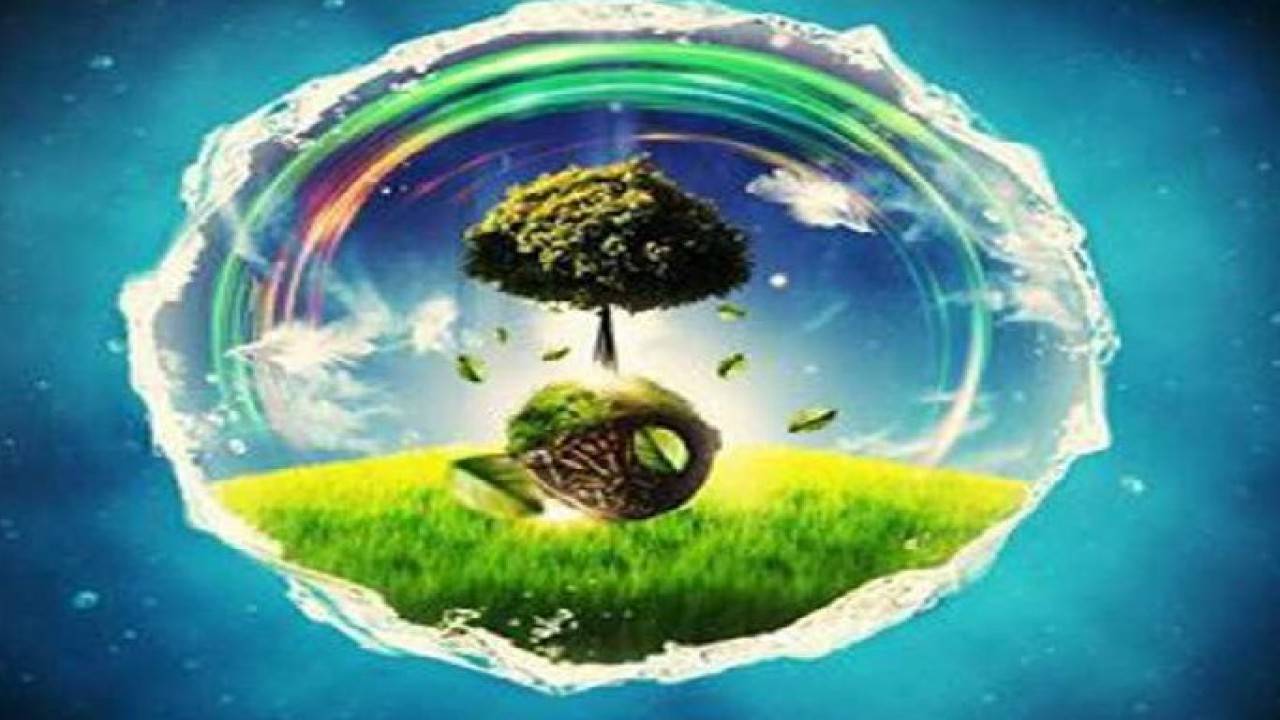World Ozone Day 2019
Every year September 16 is observed as the International Day for the Preservation of the Ozone Layer across the world. On this day in 1987, 197 nations inked the Montreal Protocol on Substances that Deplete the Ozone Layer. The celebrations are also known as World Ozone Day. According to the United Nations, the theme for the World Ozone Day, 2019 is – 32 Years and Healing, celebrating over three decades of international cooperation to protect the ozone layer and the climate under the Montreal Protocol. In observance of World Ozone Day, Media India Group spoke to Rajendra Shende, chairman, TERRE Policy Centre and former director at United Nations Environment Programme.
The Montreal Protocol has successfully curbed 99 pc of ozone-depleting substances over the last three decades. How did you push the implementation of the Montreal Protocol for the developing country? How is it to be a part of this successful scheme?
The implementation was an uphill task. There were 196 countries and more than 200 international agreements on environment and the Montreal Protocol is one of the most successful treaties ever. The singular success belongs to the way the implementation was designed and I was blessed to be a part of the strategy. The strategy was that every country will have a focal point for implementation of the Protocol and the innovation lies in connecting all these focal points- that is called the networking. We connected all these focal points in every region and divided the world into ten regions like South East Asia Pacific, South Asia, Middle East, West Asia, Latin America, Caribbean and such. Within these regions they shared their implementation strategies and we encouraged them to develop their own national programmes for implementation.
In the regional meetings, we encourage them to share that information with other countries. So it was learning by sharing and learning by exchanging views so that they can master it because implementation of these programmes requires cooperation, coordination and also complementarity between the countries in the region. That was the basic strategy we had utilised.
We also used what is called as incentives, command and control technique. Like those countries who did better as per their country programmes and schedules were incentivised. They were given some awards and those who didn’t we took their names in international meetings to see that they were influenced and it was good enough for them to step up their efforts.
With the Kigali Amendment, the Montreal protocol is now working on to do away the use of HFCs as well (at least 80-85 pc by 2045). As a part of the treaty and a signatory to the Kigali agreement amendment, India has a deadline to start working on cutting off its HFC emission by 15 pc of the 2014-26 levels by 2047. How do you think India can fare on this to meet the deadline?
India has prepared excellent strategy and a national cooling action plan which is called India Cooling Action Plan (ICAP) and that shows India’s determination to implement the Kigali Amendment. It is being lead by the Ozone Cell within the union ministry of environment, forest and climate change (MoEFCC) and our minister, Prakash Javadekar is maintaining this whole programme and we are sure that they will be doing it very well because they have done the similar thing for the CFCs. CFCs were meant to be phased out by 2010 but they were phased out earlier and I am sure that HFCs will also be phased out not only within the time but they will do it before the time.
Where do you see India in its role in addressing climate change and biodiversity loss?
It is too early to say that but up till now India has been very active in the climate change scene, not only in negotiation but implementation also and same thing about the biodiversity loss. For climate scene, we need to reduce the energy intensity, that is, the use of energy per unit of GDP and bring it back on track.
Second thing about the climate is the green cover on land. According to a report by NASA, India and China are the only big countries leading the increase of green cover. It is based on the findings of a NASA instrument, Moderate Resolution Imaging Spectroradiometre (MODIS) which orbits the earth on two satellites. So not only are we committed but we are implementing it and are seeing the results.
The third is reducing the greenhouse gases through electricity generation and we have this programme of producing about 175 GW of renewable energy by 2022 and we are making a good progress on it.
Therefore, I think it is all moving in a positive direction but we need to take this up beyond whatever constitutions we have been given. A climate summit is coming up in New York on October 23 and I am sure at that time India will be presenting their progress and also their further plans.










